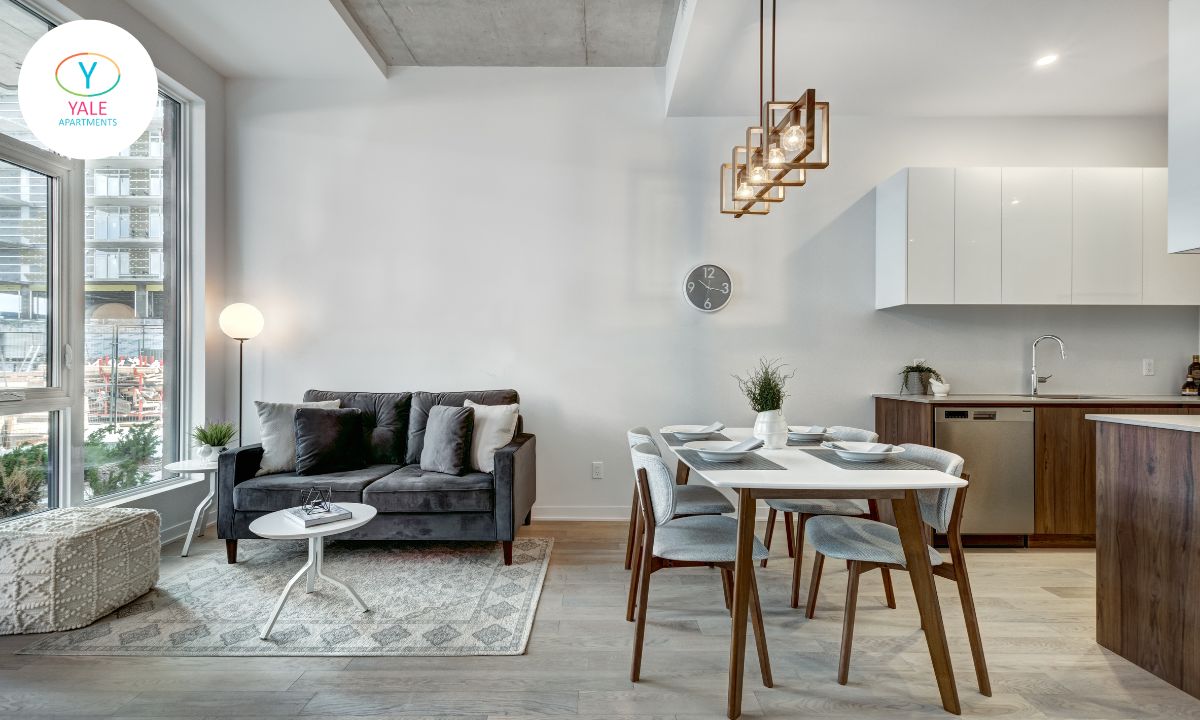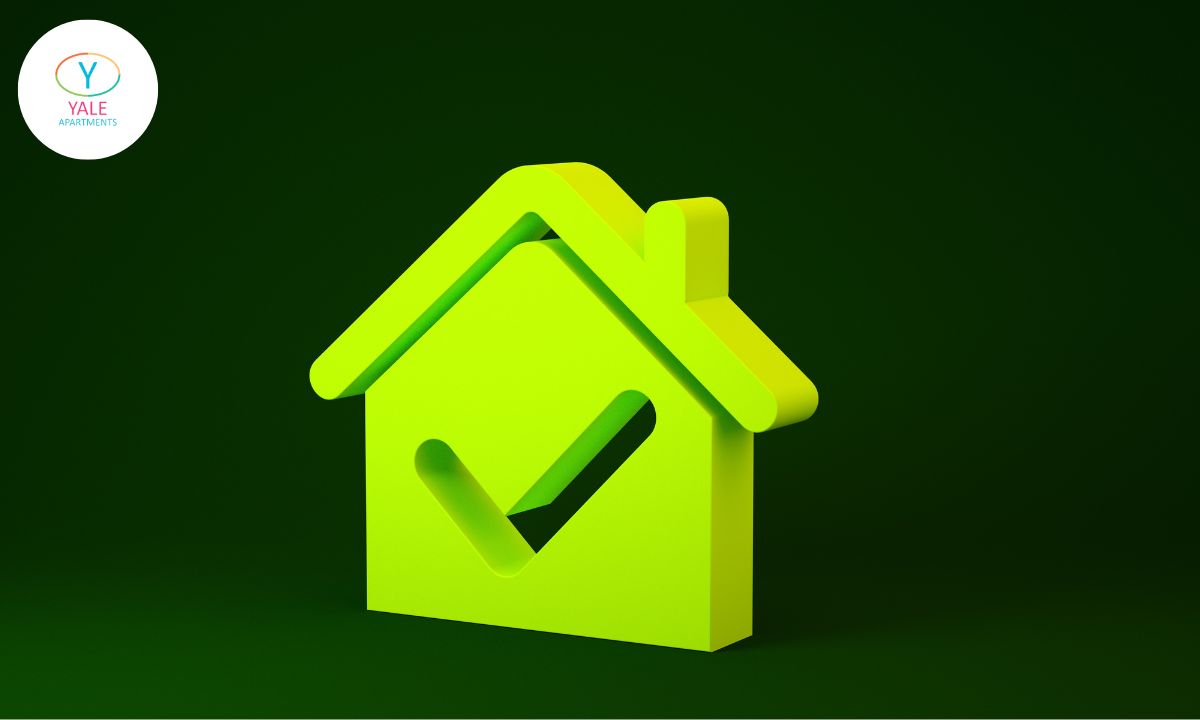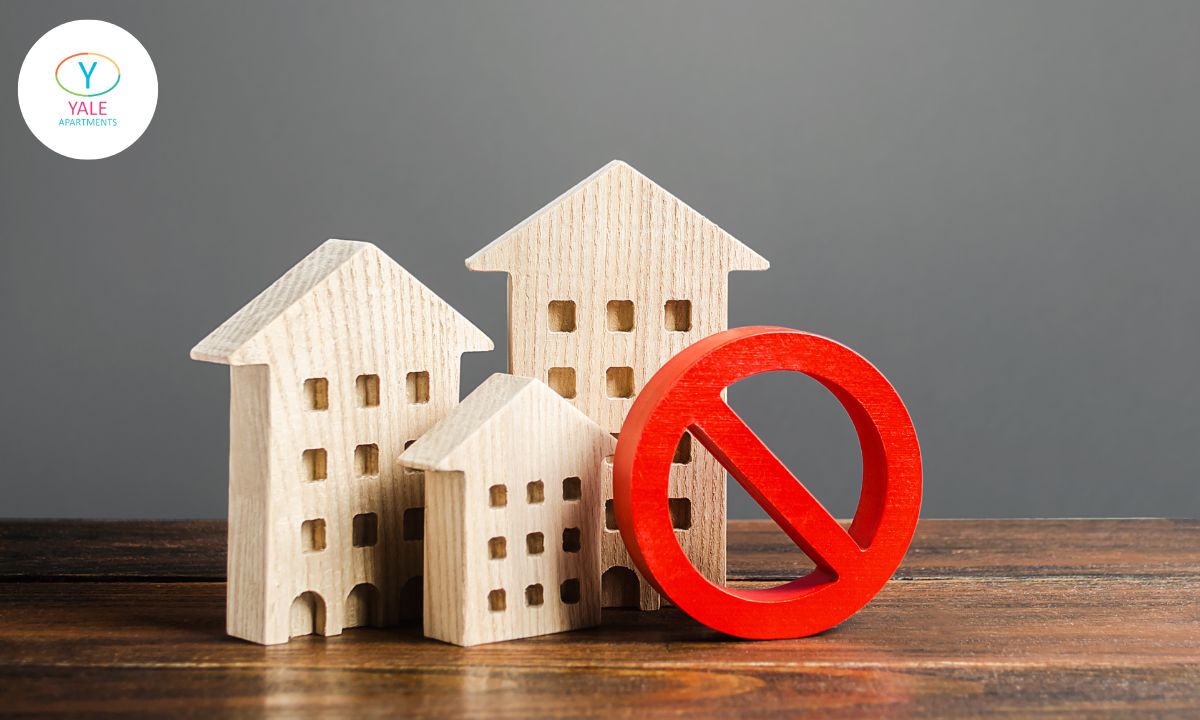
Affordable Apartment vs Low-Income Apartment: A Comparative Analysis
When it comes to finding housing within a tight budget, the difference between affordable apartments vs low low-income apartments matters a lot. Affordable apartments are made to keep housing costs reasonable compared to income, while low-income apartments are specifically for people facing big money struggles. Knowing how these housing options differ, where their money comes from, how to apply, and what advantages they bring is important for folks dealing with housing.
What is an affordable apartment?
Affordable apartments are homes that are made so that the costs, like rent and utilities, don’t eat up more than 30% of what someone earns. They’re meant to help folks with average incomes or less afford a place to live.

These apartments come in different types, like ones supported by the government, ones with lower rent due to subsidies, or even apartments where the rent is controlled to stay reasonable.
They’re not just about having a place to live—they also help communities by creating jobs in construction and making it easier for people to get to work.
Usually, the government helps out with money, tax breaks, or specific rules to make these affordable homes happen and make sure they stay that way for the neighborhood.
What is a low-income apartment?
A low-income apartment is meant to help folks struggling with high rents and uncertain housing markets. It’s usually for households making less than 80% of the average income in that area. Public housing and similar programs have been around for a while, starting back in 1935 with the first public housing project in Atlanta during the New Deal.
In the past, these places used to separate people by race, but that changed after the Eisenhower administration when the law said it wasn’t okay to do that anymore. These apartments aim to give a fair chance at affordable housing to people and families dealing with money difficulties.
Affordable apartment vs low-income apartment: What’s the difference?
Affordable apartments and low-income apartments have some differences in how they’re set up and funded. Affordable housing depends on the average income in an area to make sure the rent is fair for people living there.
Low-income housing includes different government-supported programs like vouchers for housing, Section 42, and public housing.

Section 42, also known as the Low-Income Housing Credit Program, encourages builders and investors to create rentals for people with lower incomes by giving them tax breaks.
Public housing, run by local Public Housing Authorities (PHA) and funded by the government, is slowly being replaced by vouchers like Section 8, although some PHAs still build new homes.
Nowadays, PHAs work with private investors and builders, who get tax benefits for helping out financially. Many public housing units built before 1980 are still managed by local PHAs. So, while affordable housing looks at how much people generally earn in an area, low-income housing includes specific government programs to help those who need more financial support for housing.
| Low-Income housing | Affordable housing |
|
|
How to apply for low-income apartments and affordable apartments?
Getting a low-income or affordable apartment involves some important steps. You’ll need to know the income rules in your area, connect with the housing authorities, fill out forms, check if you qualify, gather documents, be ready for waitlists, and keep them updated about any income changes. These steps can help you get housing that suits your financial situation.
- Know the income guidelines: Understand the income rules for low-income and affordable housing in your area. This helps figure out if you qualify.
- Contact the housing authority: Get in touch with your local public housing authority (PHA). They’ll kickstart the application process and tell you about available apartments and costs.
- Fill out the forms: Complete the right application form. If it’s a government-owned place, do it with the PHA. For privately owned ones, you’ll need to do it with the landlord.
- Check eligibility: Make sure everyone in your household fits the income rules and is ready for background checks.
- Collect documents: Gather needed papers like income proofs, IDs, and kids’ birth certificates. These documents show you’re eligible.
- Expect waitlists: There might be a waitlist since a lot of people are applying. It might take some time before you get a place.
- Keep updated: Tell the PHA about any changes in your income from applying till you move in. This affects your rent – higher income might mean higher rent and lower income could mean more help and lower rent.

FAQs
Are there enough homes for low-income renters?
In the US, there’s a huge shortage of affordable homes – over 7 million were needed in 2021. This problem affects every state and city, and not a single county has enough low-cost housing.
Even with lots of money, Section 8 vouchers can’t help everyone who needs them. When too many people need these vouchers, some housing authorities might have to stop adding new names to their waiting lists.
Who funds affordable housing programs?
Affordable housing programs mainly get their funding from two key sources: The National Housing Trust Fund and the Low-Income Housing Tax Credit (LIHTC).
The LIHTC money is managed by the IRS and state agencies, while HUD keeps an eye on the policies. Another substantial funding source is the HOME program, which supports building rental units and homes that stay affordable in the long run.
What are the benefits of living in an affordable apartment compared to a low-income apartment?
Living in an affordable apartment compared to a low-income apartment can offer several benefits.

Affordable housing is generally aimed at providing housing options for individuals and families with moderate incomes, whereas low-income housing is specifically designated for those with very low incomes. The benefits of living in an affordable apartment may include:
Higher-income thresholds
Affordable apartments often have higher income thresholds, making them accessible to a broader range of individuals and families who may not qualify for low-income housing but still face challenges in securing affordable accommodation.
Meets various income needs
Affordable apartments cater to a wider spectrum of income levels, making it possible for more people to find suitable housing without being confined to extremely low-income brackets.
Varied communities
Affordable apartments may attract residents from various income brackets, promoting diverse and inclusive communities within the housing complex.
Better maintained properties
With a slightly higher income level of residents, affordable apartments may be better equipped to cover maintenance and upkeep costs, leading to potentially better-maintained properties compared to some low-income housing options.
It’s important to note that specific benefits can vary based on location, local housing policies, and the management of the housing complexes.
In the housing world, the gap between affordable and low-income apartments shows how different they are in helping people with various money situations. Affordable apartments cover a wider range of incomes, while low-income housing focuses more on folks with really tight budgets.
Understanding these differences, the perks, where the money comes from, and how to apply puts power in people’s hands when they’re looking for a good and lasting place to live.

0 Comments